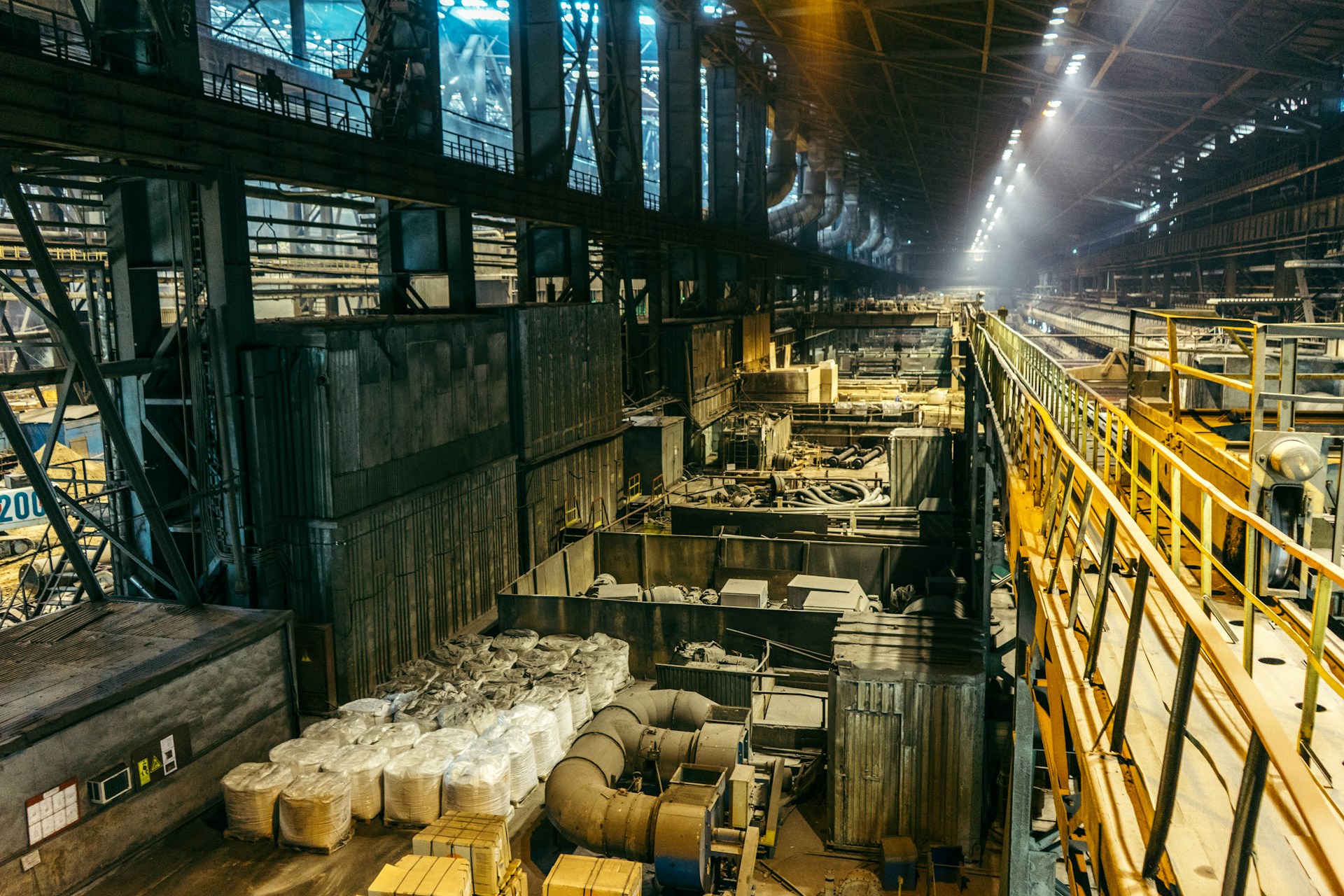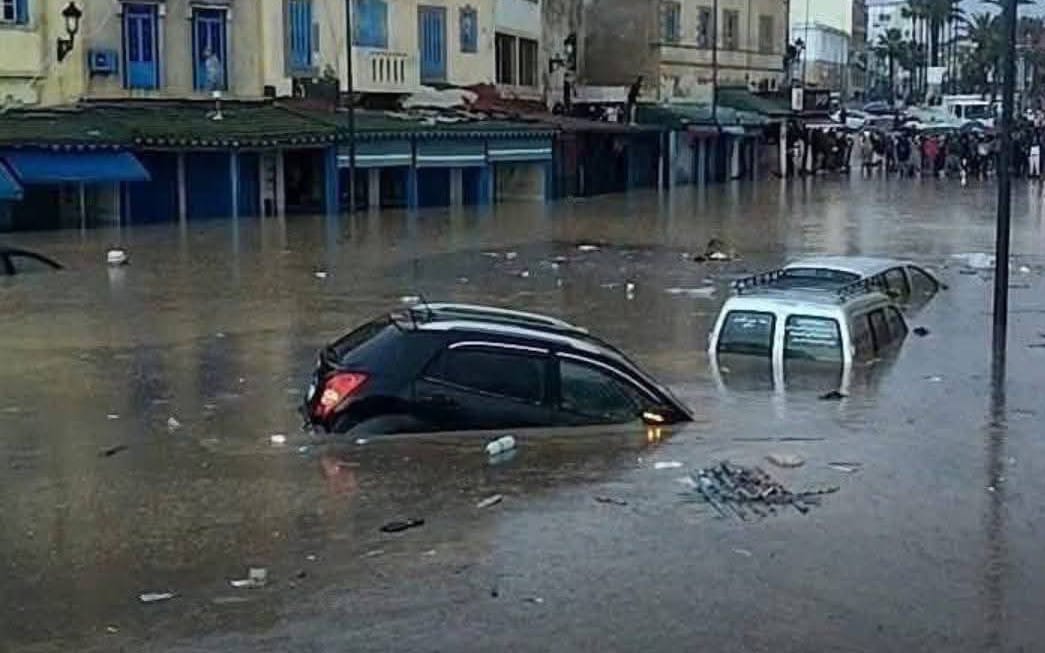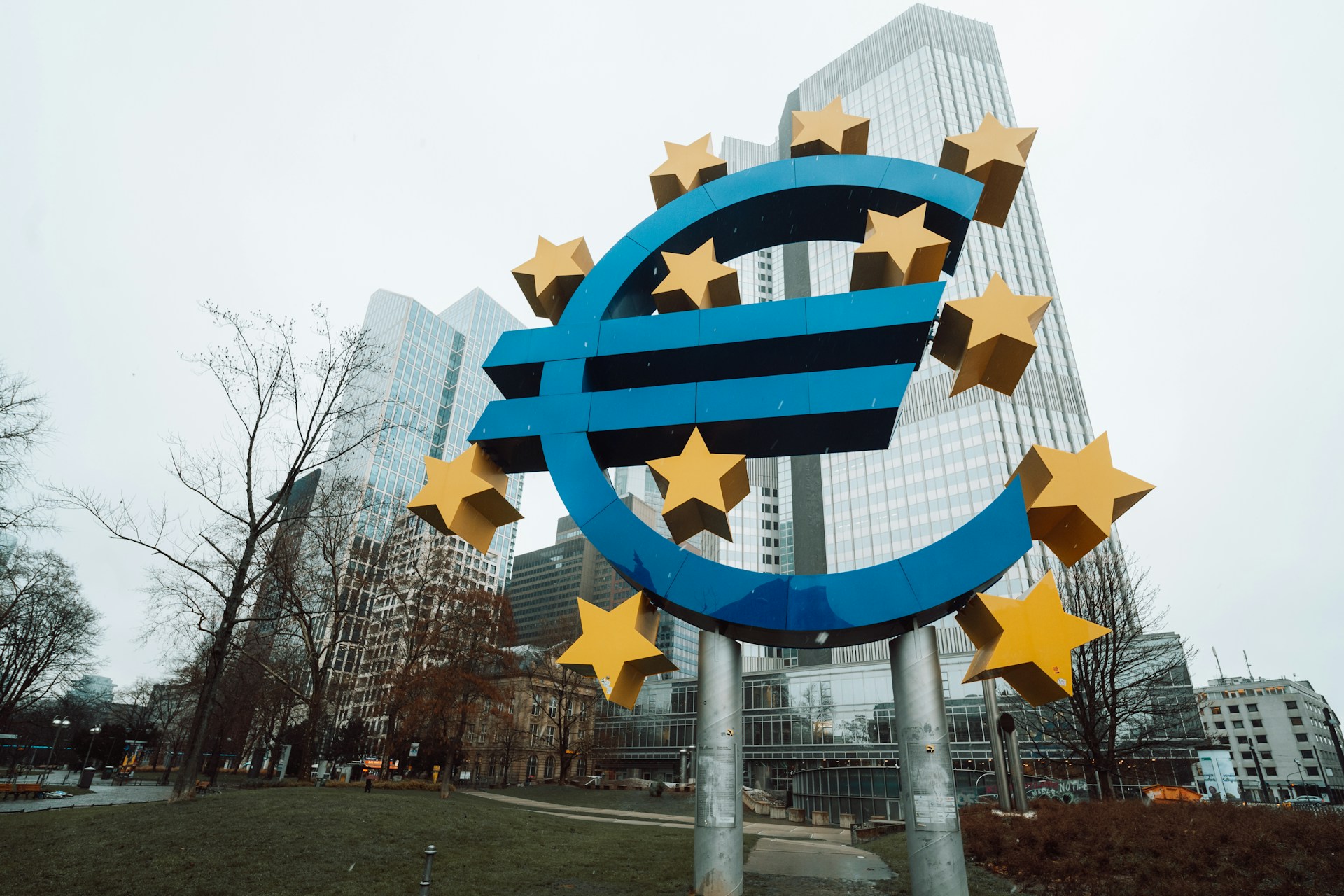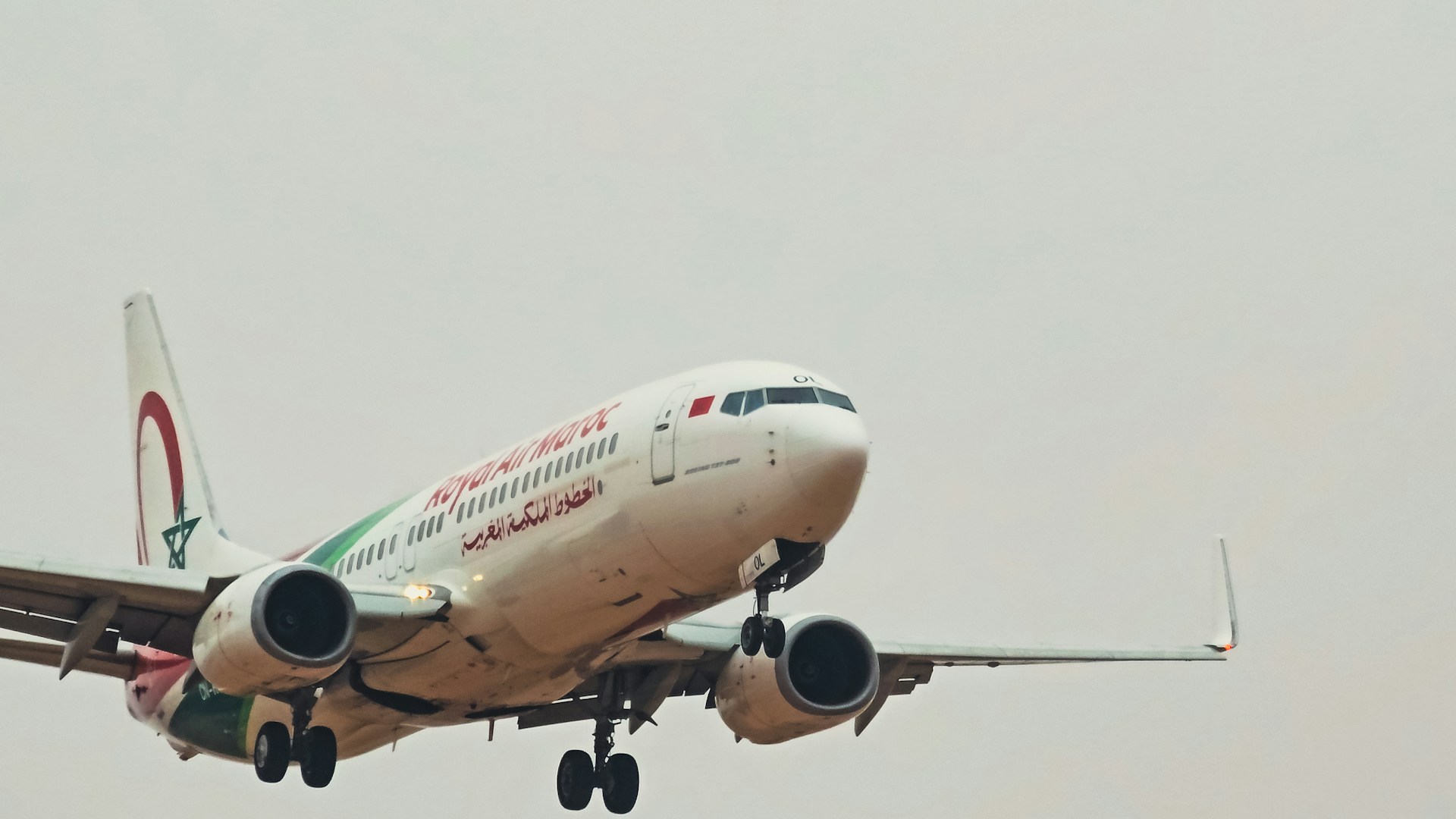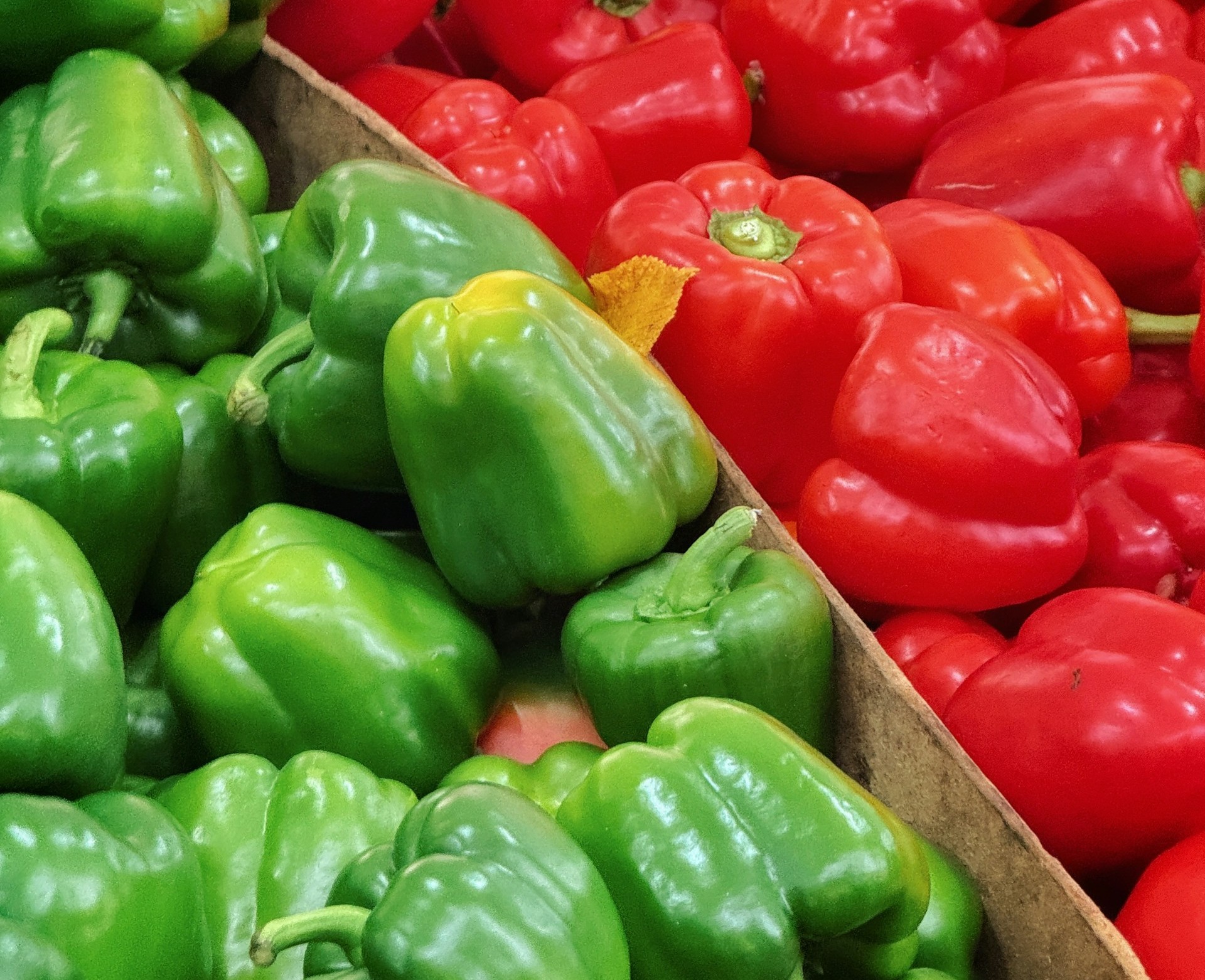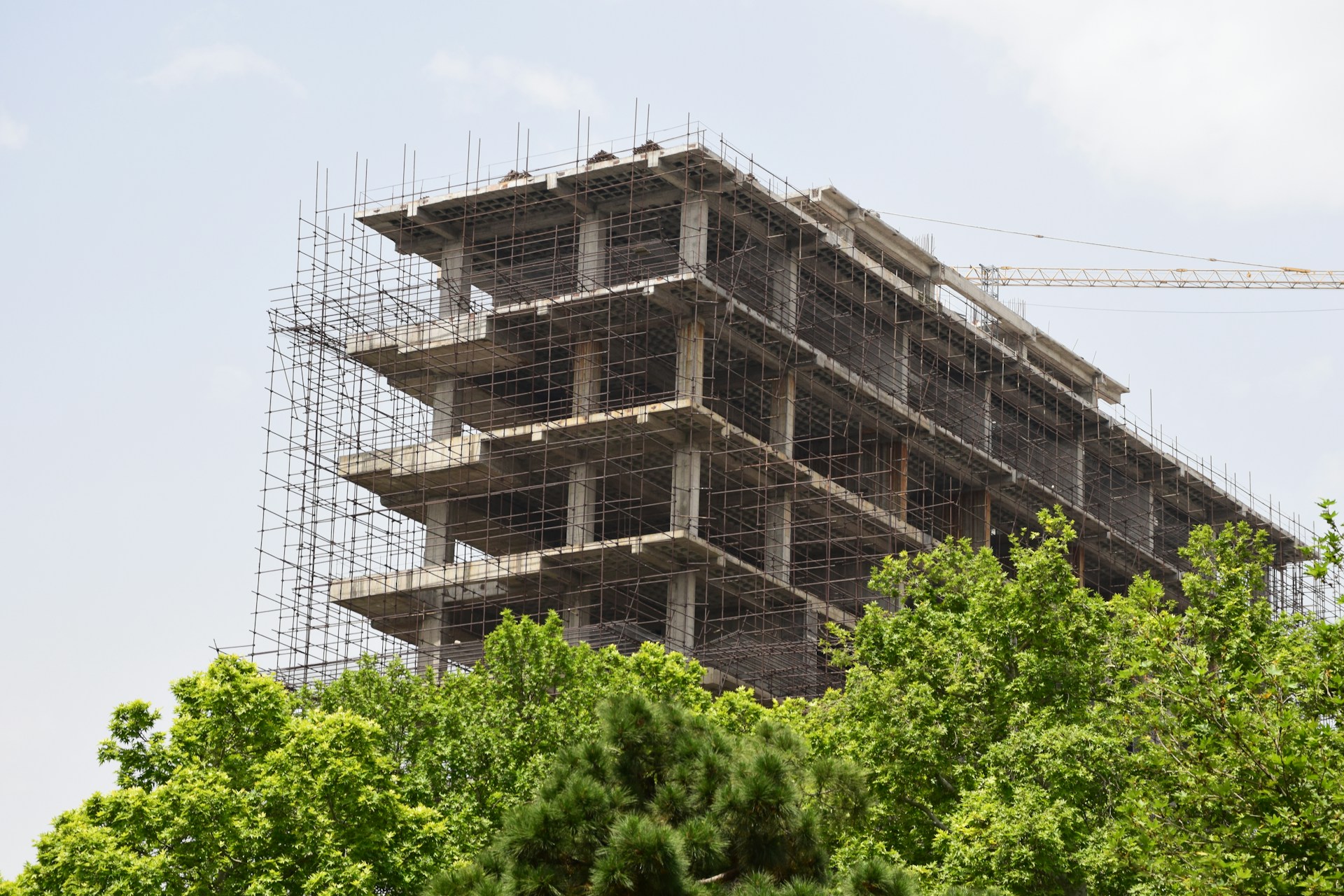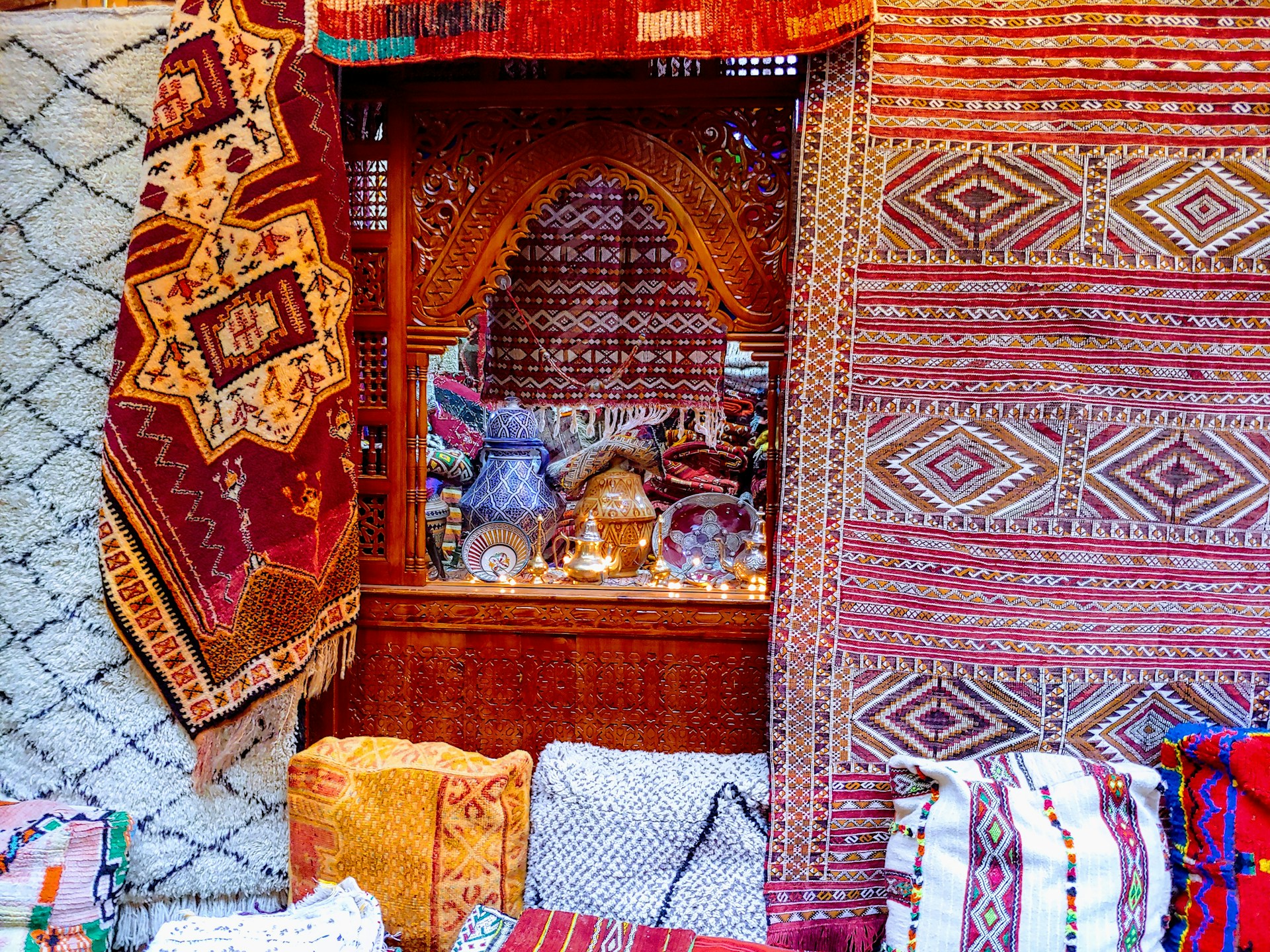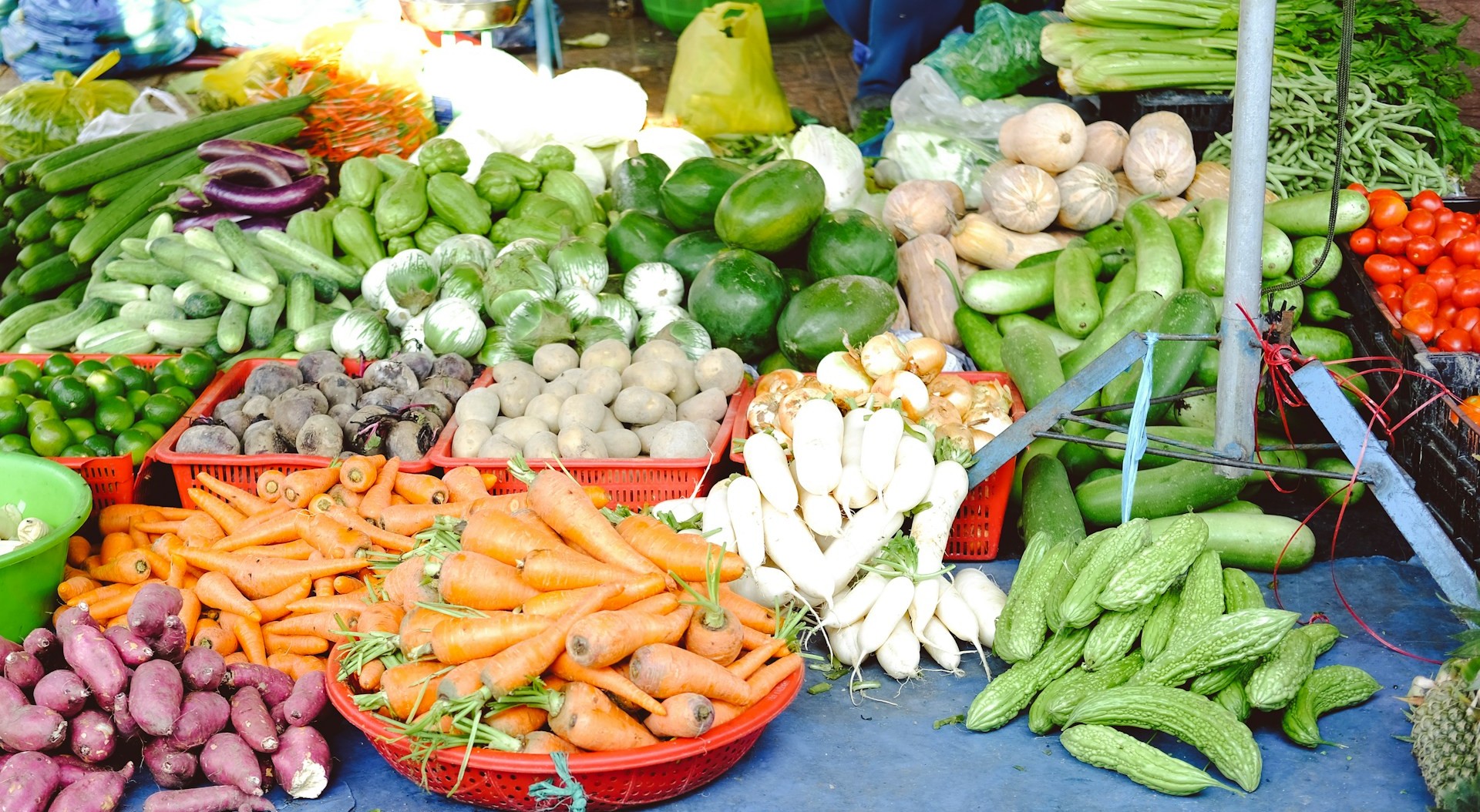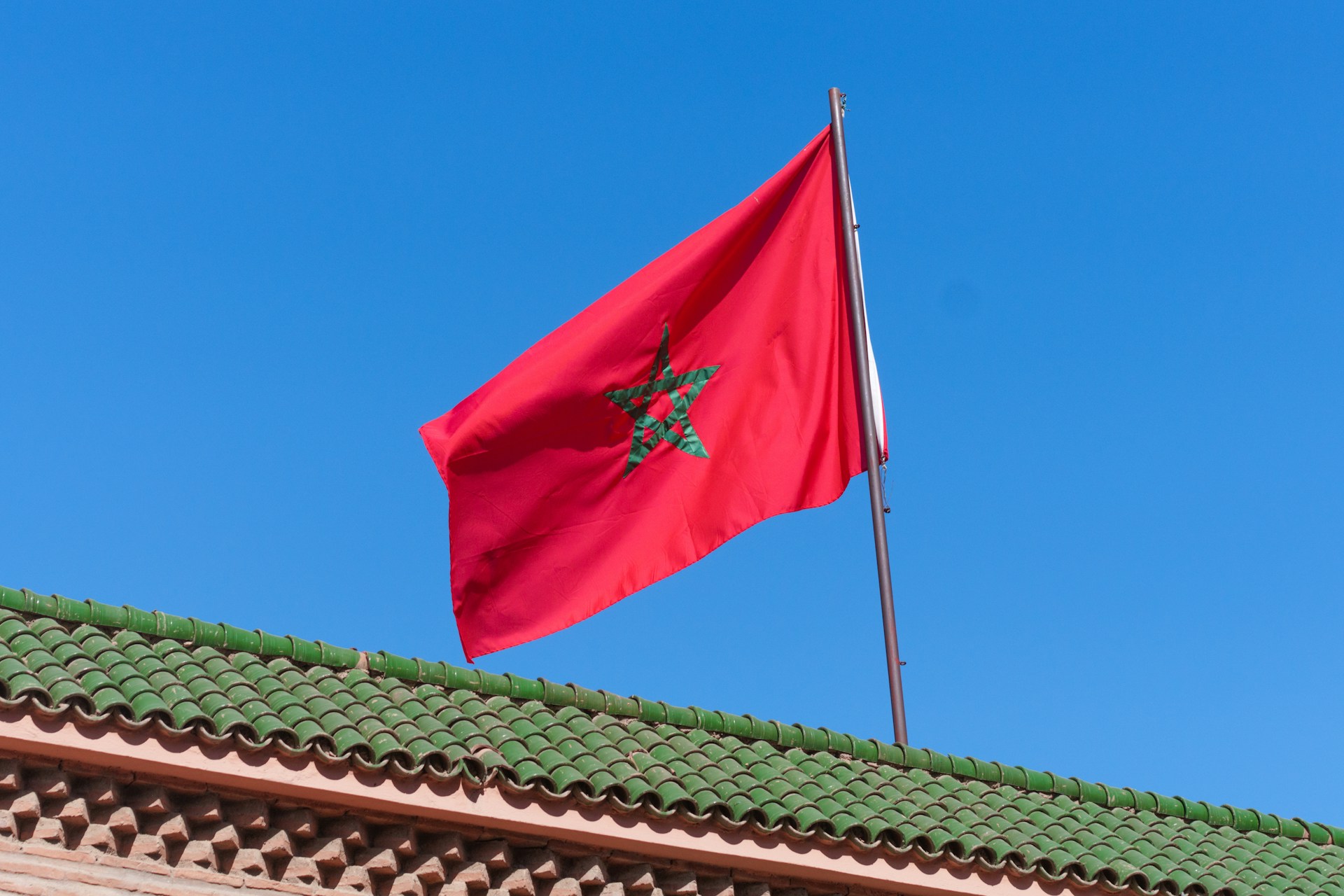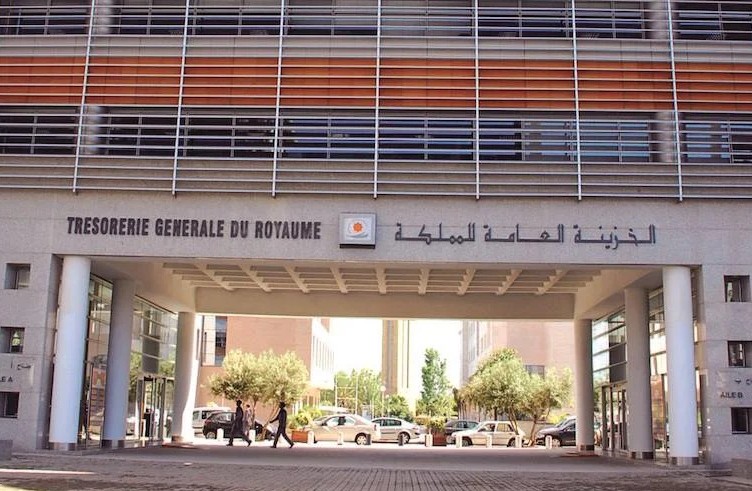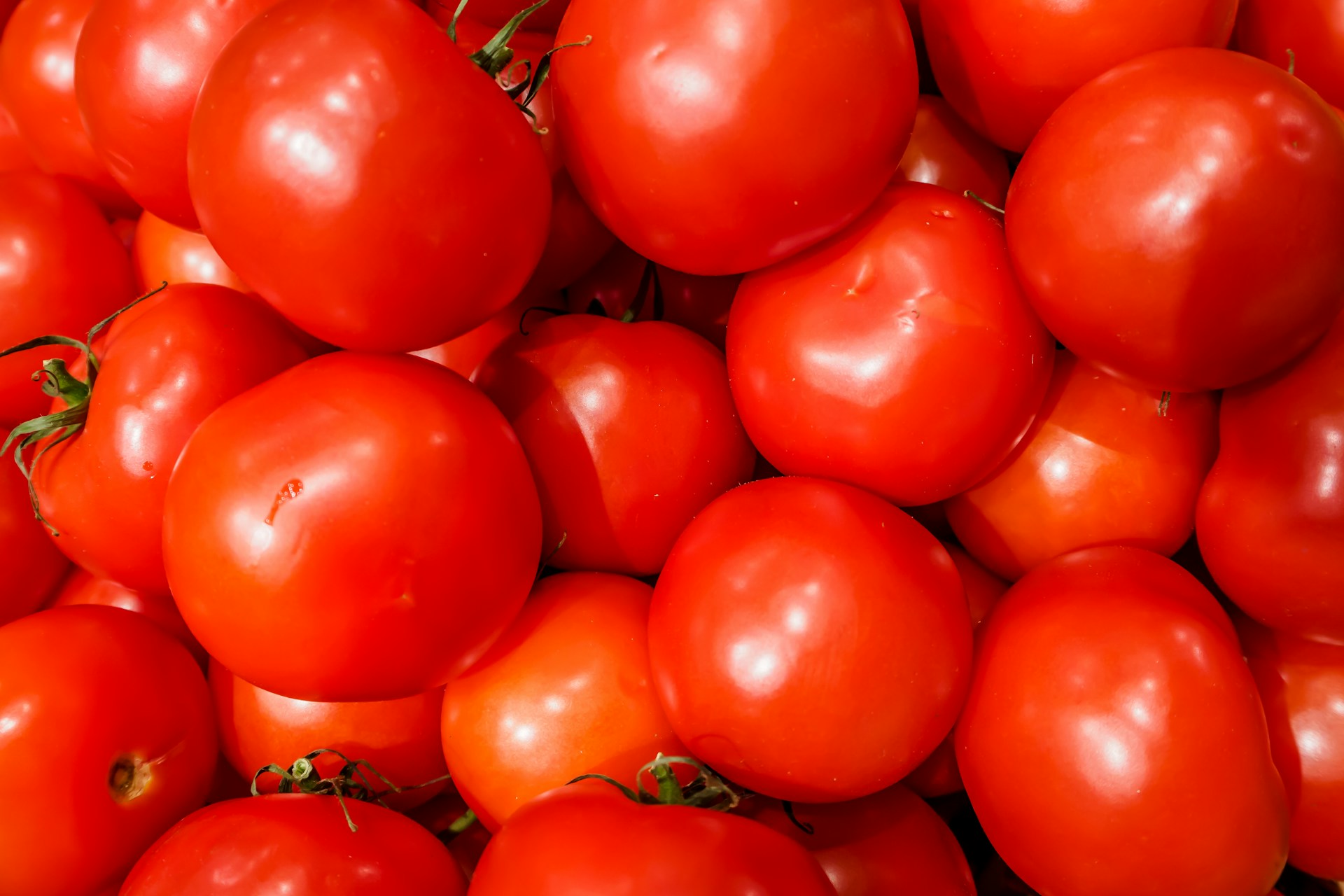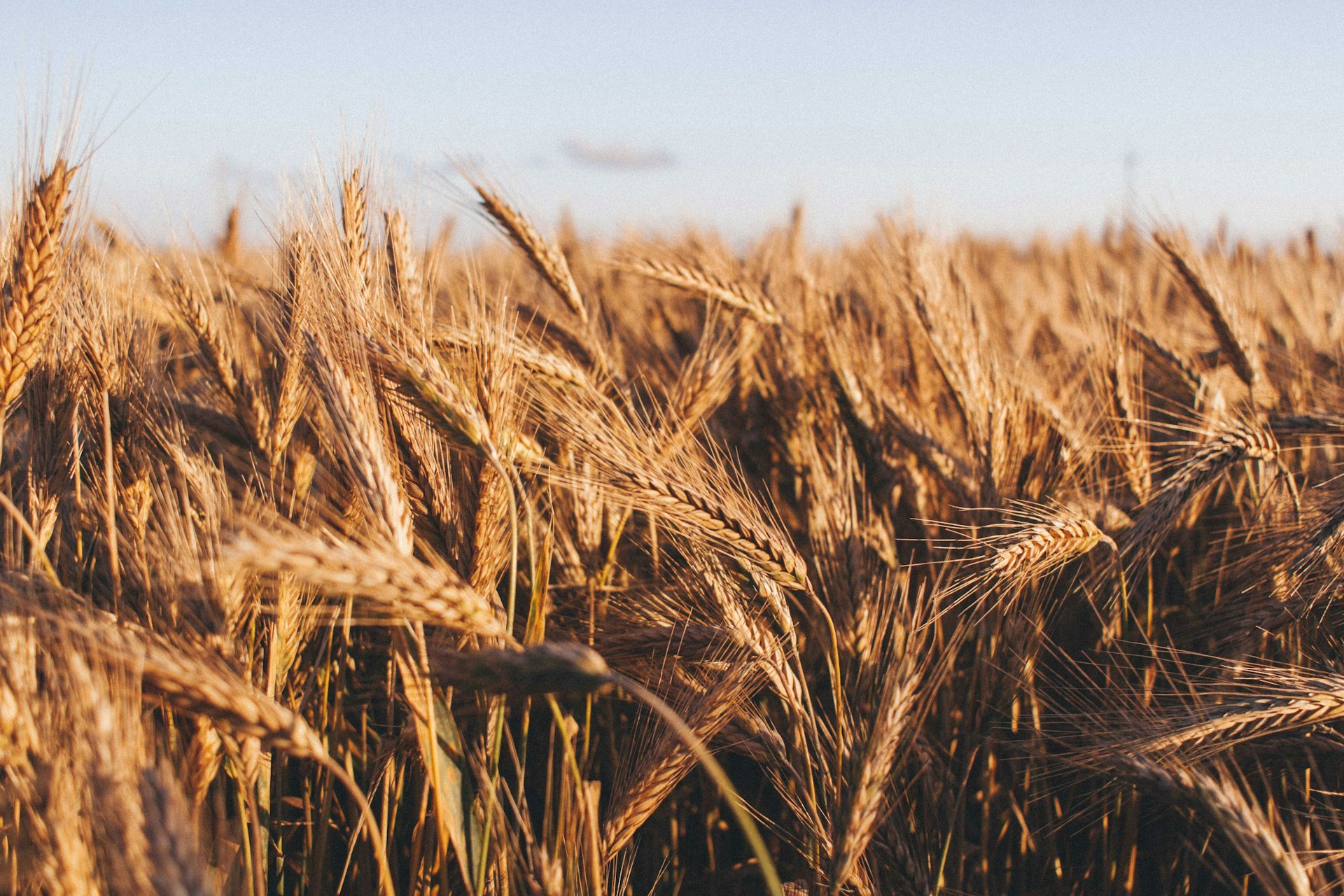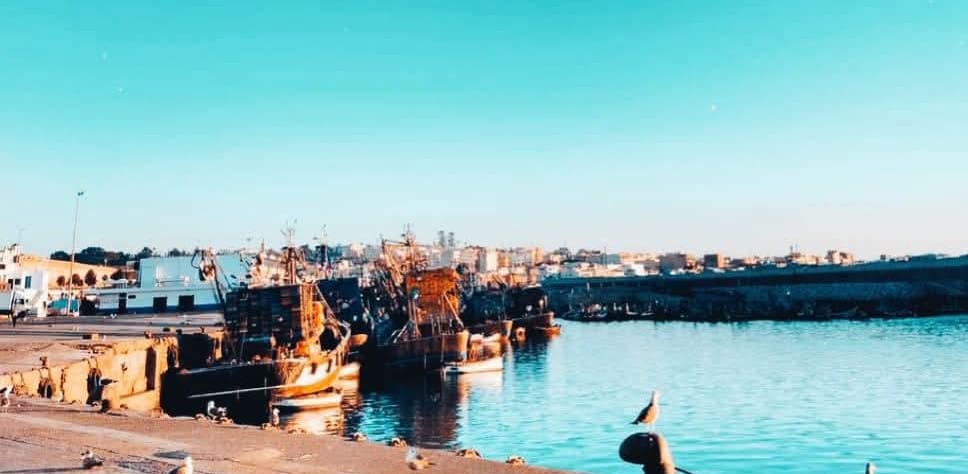Casablanca – During the 2024/2025 agricultural season, Morocco confirmed its dominance in the European pepper market, supplying almost all of Spain’s imported peppers and solidifying its position as a major global exporter. Spanish buyers imported a total of 113.11 million kilograms of peppers during this period, worth approximately $164.6 million, according to data compiled by Hortoinfo from the statistical service Estacom (Icex-Tax Agency).
Of this total, Morocco supplied 103.97 million kilograms, representing 91.92% of Spain’s total imports, with a value of roughly $146.4 million. Moroccan peppers were sold at an average price of $1.41 per kilogram, slightly below the overall average price of $1.46 per kilogram across all suppliers. Over the past ten seasons, Spain’s imports from Morocco have increased by 161%, reflecting the growing reliance of the Spanish market on Moroccan production and the consistent quality of Moroccan exports.
Other European countries played a far smaller role in Spain’s pepper imports. Portugal supplied 2.87 million kilograms ($5.64 million), France 2.15 million kilograms ($5.64 million), the Netherlands 1.32 million kilograms ($2.34 million), and Belgium 817,116 kilograms ($1.60 million). Although these volumes are modest, their higher average prices suggest that certain market segments—driven by quality, variety, timing, or logistical advantages—command premium rates.
Beyond Spain, Morocco is rapidly strengthening its position on the international stage. In 2024, the country exported 266.47 million kilograms of peppers globally, accounting for 6.43% of world exports, generating revenues exceeding $416 million. Compared with 2015, this represents a 162% increase in volume, highlighting Morocco’s growing role as a key player in the global pepper market. These figures also position Morocco as the 6th largest pepper exporter in the world, further emphasizing its strategic importance for European and international buyers.
Structural and technical factors behind growth
Morocco’s success in pepper exports reflects a combination of favorable climatic conditions, investment in agricultural productivity, and the ability to meet stringent European standards. Technical improvements, such as selecting varieties suited to both local conditions and European market demands, optimizing irrigation systems, implementing integrated pest management to reduce post-harvest losses, and improving sorting, packing, and tracking, have been crucial to maintaining quality.
Logistical and financial measures also play an important role in mitigating seasonal effects and supporting contractual agreements between Moroccan producers and Spanish buyers. These strategies allow Morocco to supply both off-season volumes and specialty varieties, ensuring steady market access and reinforcing its status as a reliable supplier.
Implications for trade and the future
Morocco’s dominance in Spain’s pepper imports illustrates the country’s critical role in the European fresh produce market. The structural dependence of Spain on Moroccan peppers highlights the strategic value of Morocco’s agricultural exports. With continued investment in technology, logistics, and market adaptation, Morocco is well positioned to maintain and even expand its share of global pepper exports in the coming years.
As the 2024/2025 season shows, Morocco not only leads in volume but also demonstrates consistency and reliability, factors increasingly valued in international trade. The combination of quality production, technical improvements, and strategic market relationships suggests that Morocco will remain a cornerstone of the European pepper supply chain while continuing to expand its footprint globally.
